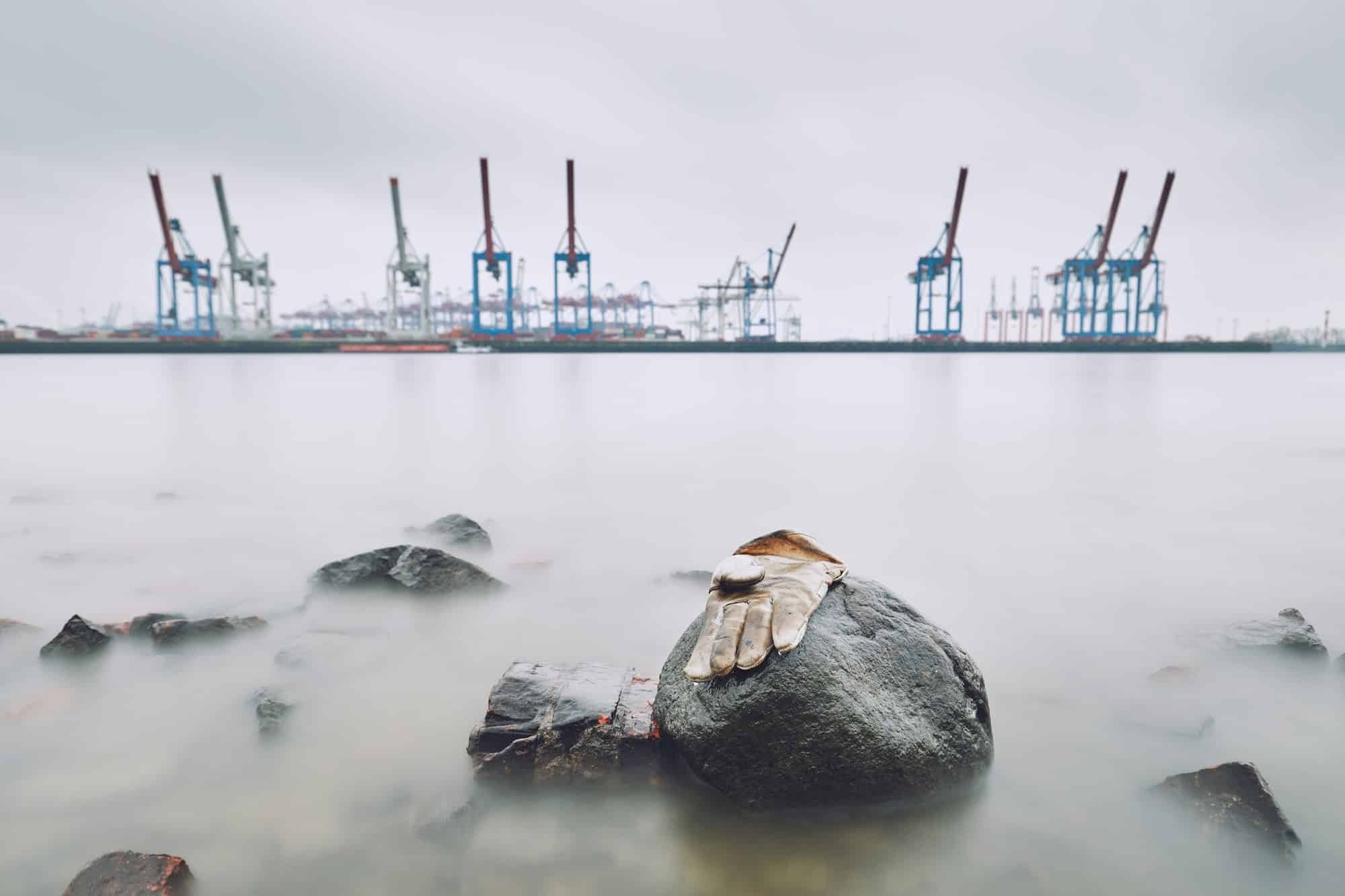Which UK harbors offer guided tours explaining maritime history?

The United Kingdom, with its rich maritime history and extensive coastline, is home to numerous harbors that serve as gateways to the country's intriguing past. These harbors are more than just entry points for ships; they are historical landmarks that tell stories of naval battles, notable voyages, shipwrecks, and vital trade routes. Several of these harbors have harnessed this historical significance, offering guided tours that shed light on the UK's maritime history. This article delves into some of these harbors, highlighting their unique stories and the guided tours they offer to visitors.
Portsmouth Historic Dockyard
Located on England's southern coast, Portsmouth Historic Dockyard is a treasure trove of maritime history. This dockyard offers a variety of guided tours, each focusing on a different aspect of British naval history.
Lire également : In which UK cities can tourists participate in underground tunnel tours?
The dockyard is home to several historical ships, including HMS Victory, Admiral Lord Nelson's flagship at the Battle of Trafalgar, and HMS Warrior, one of the first iron-hulled warships. The guided tours provide a detailed explanation of these ships' historical significance and their role in shaping Britain's maritime dominance. Additionally, the tours also explore the Royal Naval Museum, which displays a variety of artifacts related to Britain's naval history.
Albert Dock, Liverpool
Albert Dock in Liverpool is another harbor that offers guided tours explaining the city's maritime history. Opened in 1846, it was one of the first structures in Britain to be built from cast iron, brick, and stone, with no wood, making it fireproof.
A lire aussi : What are the most captivating wildlife safaris available in Scotland’s national parks?
The guided tours of Albert Dock delve into Liverpool's role as a major trading port during the Industrial Revolution and the city's involvement in the transatlantic slave trade. They also explore the dock's architectural innovations and its impact on dock building worldwide. The tours often include a visit to the Merseyside Maritime Museum, which houses numerous maritime artifacts and exhibits, providing a more thorough understanding of Liverpool's maritime history.
Bristol Harbor
Bristol Harbor, situated in the historic city of Bristol, offers guided tours that provide an insight into the city's maritime past. Known for its significant role in the UK's maritime trade during the 15th to 18th centuries, Bristol harbor has a history that spans over 1000 years.
The harbor's guided tours explore the history of the port, which was one of the busiest in Britain during the medieval period. They also explain Bristol's significant role in the transatlantic slave trade and the subsequent abolitionist movement. Visitors are given a chance to tour the SS Great Britain, a revolutionary ship designed by Isambard Kingdom Brunel that transformed maritime travel.
Greenwich, London
Located in southeast London, Greenwich is famed for its maritime history and is a UNESCO World Heritage Site. It is home to the Old Royal Naval College, the historic ship Cutty Sark, and the National Maritime Museum, all of which provide guided tours.
The tours delve into the intricate details of Britain's naval history, with expert guides explaining the significance of Greenwich as a hub for royal and maritime history. Visitors can explore Cutty Sark, one of the world's most famous ships, and learn about its history as a tea clipper and its importance in the wool trade. The National Maritime Museum also offers guided tours, providing an in-depth look at Britain's seafaring history and its impact on the modern world.
Falmouth Harbor, Cornwall
Falmouth Harbor in Cornwall offers guided tours that explore the harbor's rich maritime history. Known for its deep natural harbor, Falmouth played a crucial role in the UK's naval history, serving as a base for the Packet Service, which delivered mail and cargo across the British Empire.
The guided tours of Falmouth Harbor explain the harbor's history, including its role as a strategic base during both World Wars. The tours often include a visit to the National Maritime Museum Cornwall, which boasts an extensive collection of boats and maritime artifacts. Visitors can learn about Falmouth's significance in global communication and trade, and the importance of the Packet Service in expanding the British Empire.
These guided tours are not just educational experiences; they are journeys into the past, providing fascinating insights into the UK's maritime history. By visiting these harbors and participating in the tours, one can gain a deeper understanding of the maritime events and developments that shaped the United Kingdom into the nation it is today.
Chatham Historic Dockyard, Kent
Located in the English county of Kent, the Chatham Historic Dockyard has roots dating back to the 16th century. It played a central role in the development of the Royal Navy, and hence, the maritime history of the United Kingdom. Today, the dockyard offers guided tours that allow visitors to immerse themselves in this rich history.
The tours at Chatham focus on the evolution of shipbuilding techniques and technology, the dockyard's key role in naval defense, and its contribution to exploration and trade. Visitors can explore the historic warships docked here, including the HMS Gannet and the HMS Cavalier. The tour guides explain the significance of these ships and their role in battles, drawing upon their vast knowledge of military and maritime history.
The dockyard is also home to the National Historic Ships, a collection of over 200 vessels representative of the United Kingdom's maritime heritage. A visit to the Royal Engineers Museum provides additional insight into military engineering history, with exhibits on military bridging and the impact of engineering on warfare. The guided tours, therefore, offer a comprehensive view of the dockyard's role in the UK's maritime and military history.
The Historic Dockyard, Hartlepool
The Historic Dockyard Hartlepool offers guided tours that give visitors a glimpse into the life in an 18th-century seaport. The dockyard is home to the HMS Trincomalee, the oldest British warship still afloat.
The guided tours take visitors through the carefully reconstructed historic quayside, featuring buildings and other structures from the era. These include the seamen's homes, the ship chandler's yard, and even a swordsmith's workshop. An important aspect covered in the tours is the role of merchant ships in the United Kingdom's maritime history, and their vital contribution to the nation's economic growth.
The tours also visit the Museum of Hartlepool, which houses artifacts from over a thousand years of history, including maritime and social history. From the story of the HMS Trincomalee to the tales of the everyday people who lived and worked in the historic seaport, the guided tours at the Historic Dockyard Hartlepool offer a vivid picture of the past.
Conclusion
The maritime history of the United Kingdom is a narrative of exploration, warfare, trade, and technological advancements. Each harbor has its unique story, intertwined with the broader narrative of the nation's maritime history. By offering guided tours, these harbors provide an opportunity for visitors to step back in time and gain a deeper understanding of the events and developments that have shaped the United Kingdom's maritime history.
From the iconic HMS Victory at Portsmouth Historic Dockyard to the historic quayside at Hartlepool, these tours cover a vast spectrum of the United Kingdom's maritime past. A visit to these harbors is not just a tour; it's a journey through time, offering a chance to experience the rich maritime heritage of the country firsthand. Through the various exhibits and guided tours, visitors can learn about the United Kingdom's naval battles, the development of shipbuilding technology, the importance of merchant ships, and much more. These harbors and their guided tours are a testament to the country's rich maritime history and the significant role it has played in shaping the nation as we know it today.
